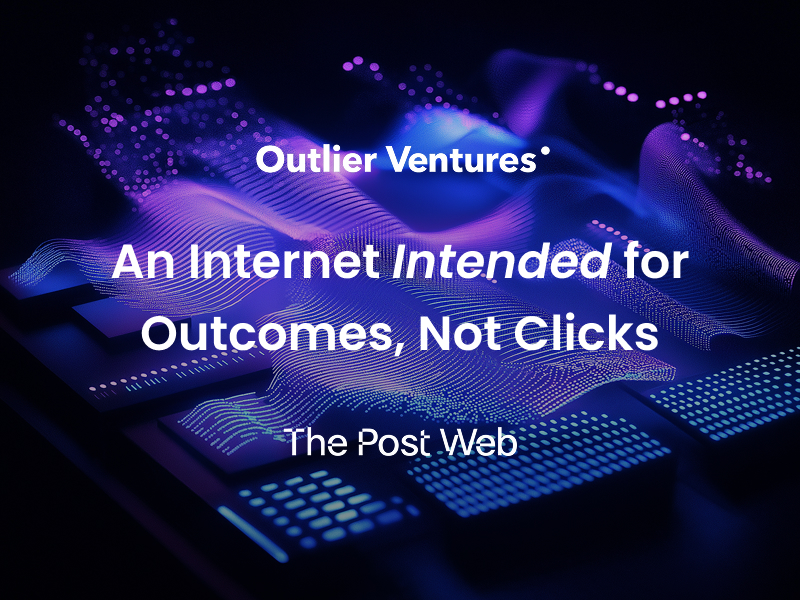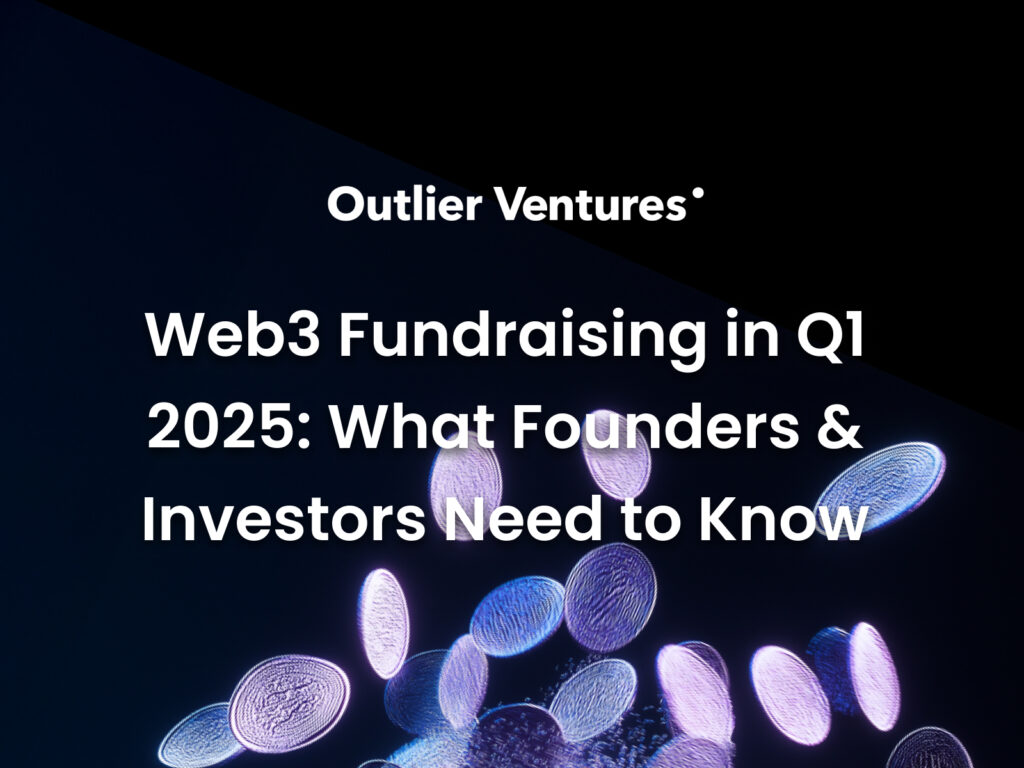In the first part of this two part series, we looked at bonding curves: how they work and some of their variations. Now that we are refreshed on what they are and how they work, let us examine how they may be used in conjunction with other gamified mechanisms to maximise the odds of healthy governance, and attract participants with novel economic games.
It is suggested here to have this delta in the buying and selling curves – as exists in Augmented Bonding Curves – as well as making available an alternative to redeem their $XYZ tokens not for the underlying ETH, but for Super-Powered XYZ: $spXYZ.
In this iteration of the idea, $spXYZ has the same governance rights as $XYZ but is non-transferrable – or ‘soulbound’ as the cool kids call it.
Why would anyone do this and forgo their ability to access liquidity? Because once $XYZ is converted to $spXYZ, the converter receives a multiple in the amount of $spXYZ back.
The value of this multiple must be discovered under many different boundary conditions and assumptions. A potential idea could even be to have a variable value for X, where it may change along its own dedicated bonding curve, or be dictated by governance.
For example let us presume that the multiple is ‘3’, hence every 1 $XYZ converted yields 3 $spXYZ. Here, the holder has tripled their governance power at the cost of their ability to sell their token.
As for the ETH or stablecoins that would have been redeemable by the $XYZ that is now burned, it is sent to the treasury instead, giving the holder three times as much control over a now increased treasury. This may also be thought of as a type of bonding mechanism for increasing Protocol-Owned-Liquidity (POL).
There are a few main effects of this mechanism:
- It is an ultimate alignment method where the ultimately aligned can turbo-charge their governance power
- This is because they believe they can receive more value by wielding greater governance power than they can from the price appreciation of the token
- Some holders may turbo-charge a portion of their tokens as it is the optimal move to increase their capital (financial, social, or governance)
- $spXYZ holders can access a potentially very profitable bribes marketplace
Vote Escrow 🤝 SuperPowered Tokens
Should stakeholders and founders feel that permanently locking up tokens is a bit much, an alternative approach would be to remove holders’ ability to liquidate for a finite amount of time. In practice, this is what ‘vote-escrowed’ (VE) token models do.
Using VE in addition to spTokens creates a mechanism similar to existing VE models, except that tokens are emitted via a bonding curve as opposed to a different launch method (e.g. IDO, ICO, auction, LBP, etc.).
If you do wish to utilise spTokens with vote-escrowing, do make sure to read our suggestions for ve-models first.
Benefits
One of the main advantages here is that mercenary farm-and-dumpers are successfully bypassed, since there is no need to incentivise liquidity for the native token. Instead, the tokens that would be otherwise reserved for this can instead be used to incentivise the use of the product itself, helping kickstart the product flywheel.
This does not stop non-aligned speculators gambling on the price of the token however, and theoretically they may still make profit at the expense of loyal DAO members by minting early and burning later after others have minted. However, the DAO may extract value from them via the delta between differing buying and selling curves. In this way, even the speculators add value to the DAO.
Due to the superpowered tokens, fervent believers in the DAO/product/cause/meme may be rewarded accordingly with greater say over governable aspects. It rewards those who are aligned with the DAO. Due to the nature of the mechanism (depending on the aggression of the SP multiple), this game may only attract the most aligned players to begin with.
As a product is successful and its treasury grows, governance of these themselves increases in value (see: Uniswap). Thus, a SP holder who has tripled or quadrupled their governance power may be able to direct more value to themselves via this power than they would have been able to acquire by selling their un-boosted tokens back into the curve.
For example, in a vote-escrowed model such as Curve’s, the SP holder may use their boosted power to direct more of the emissions to the pools they have LP’ed, where the expected value of burning tokens for spTokens is greater than not burning.
This creates:
- Value capture for SP holders via either:
- Increased governance power over an enlarged treasury
- Revenue from bribes
- Tightly aligned stakeholders
Other considerations
It is not an easy task to convince tokenholders to forgo their liquidity. A sufficiently attractive SP multiple must be found, and complemented by a product over which governance is desirable. +EV from claiming spTokens must be greater than the +EV of holding and selling the naked token.
– Finding the right type and shape of curve
All that has been discussed thus far is heavily dependent on a healthy amount of engineering and agent based simulation to find the right parameters that are conducive to the desired behaviours. These parameters include:
- the shape of the curve
- the SP multiple
- and whether it is dictated by a bonding curve of its own
- Whether any of the above considerations will be dynamic and prone to change depending on other factors
The bonding curve used for the minting of governance tokens that may be redeemed for spTokens does not necessarily have to be the most basic iteration of a bonding curve. It may utilise any of the different variations mentioned above in the ‘Bonding Curves’ section. This mechanism can be used alongside VRGDAs, dynamic, or even augmented bonding curves. It is an additional contraption that may be used on top in the name of incentive alignment.
– Whether it should be used alongside other mechanisms
As much flexibility as there is with this, the bonding curve and superpowered tokens approach may not be sufficient on its own. When used exclusively it may not be suitable for projects that wish to airdrop to community, or those that also wish to attach token incentives for usage to the product (e.g. liquidity mining in a lending market or AMM). Thus, it is probably best when coupled with other distribution and incentivisation mechanisms.
Furthermore, if capital is raised from investors in private rounds, alterations must be made to the bonding curve contract to only enable interactions from whitelisted addresses. Or, a pre-mint (like a pre-mine) must be conducted in order to have some tokens to sell OTC).
One of the most fundamental considerations here is that the demand for this governance token, as well as volumes of bribes for SP holders will ultimately be determined by the value of the product itself, not vice versa. A thriving bribes marketplace will only thrive in the first place thanks to the strength of the underlying product.
– MEV
Another important consideration and an undeniable drawback of bonding curves is their susceptibility to front-running and sandwiching attacks. Any on-chain mint or burn transactions with the curve may be observed and copied, extracting value from the original transactor. This is also known as MEV: Maximum Extractable Value. For example, Bob decided to cash in his token for 3 ETH in a curve where the supply (X)is currently 3, and the price (Y) is also 3.
If he does this, he will have burned his token and pushed the red dot down the curve such that X=2, and Y=2. Alice also has a token, and Bob burning his token and pushing down the price is clearly suboptimal. Her course of action here is therefore to burn her token before Bob does, which results in her receiving 3 ETH for it, while Bob only receives 2, as Alice’s burn pushed the red dot down the curve before Bob’s could. After all this burning, X=1 and Y=1.
Alice can now mint her token again, at a price of 1 ETH. Therefore, Alice still has one token but has gained 2 ETH (minus gas costs) because she redeemed 3 ETH and then minted again for 1 ETH. Bob on the other hand, has been the victim of what is known as a sandwich attack and received 2 ETH instead of the 3 he expected.
This risk may be mitigated by allowing participants to express preferences when minting/burning tokens, such that should the price or amount redeemed be less or greater than what they have defined as acceptable, the transaction does not execute. This would be akin to setting a limit order of sorts. However, addressing these problems and other potential MEV-proofing techniques are beyond the scope of this article, and have been explored in more depth elsewhere, such as this article explaining Batched Bonding Curves.
SuperPowered Conclusions
To conclude, using bonding curves with the SuperPowered tokens mechanism results in greater value accrual to those interested in governance, and tighter alignment of incentives. This is achieved by creating games where it can be the optimal move to actually burn your ability to redeem value from a bonding curve in order to supercharge governance power over a treasury or product decision.
Furthermore, it reduces or eliminates the burden of incentivising liquidity with the token (a great cost for the treasury) and extracts value from mere speculators who otherwise would not add value to the ecosystem. Instead, value accrues to active participants and aligned believers.
It is true that players in the game may burn tokens for spTokens purely to make money via bribes, however:
- Minting spTokens indicates strong faith in the continuing relevance of the product (since spTokens are illiquid and they cannot exit this position) and alignment with the mission
- Bribery of SP holders indicates that other parties are interested in the use of the product itself, or in receiving some of the value generated by it, which either way is a net-positive for the product and the DAO
The main pain points addressed by this mechanism are:
- Speculators gaining value at the expense of loyal DAO members
- The cost of renting liquidity from the market by giving governance tokens to those not interested in governance
- A lack of alignment between stakeholders in the governance of the product
This mechanism is best used in conjunction with other distribution tactics, and bonding curves optimized for the specific goal of the community or project. Bonding curves have long been discussed as a way of distributing tokens, however without certain augmentations they do not add much benefit. Different additions such as a hatching period or the use of spTokens can create viable options to use this mechanism to the advantage of your DAO, and the stakeholders.
If you are building a startup that incorporates a token, reach out directly or visit outlierventures.io/basecamp to learn about how Outlier can support.




